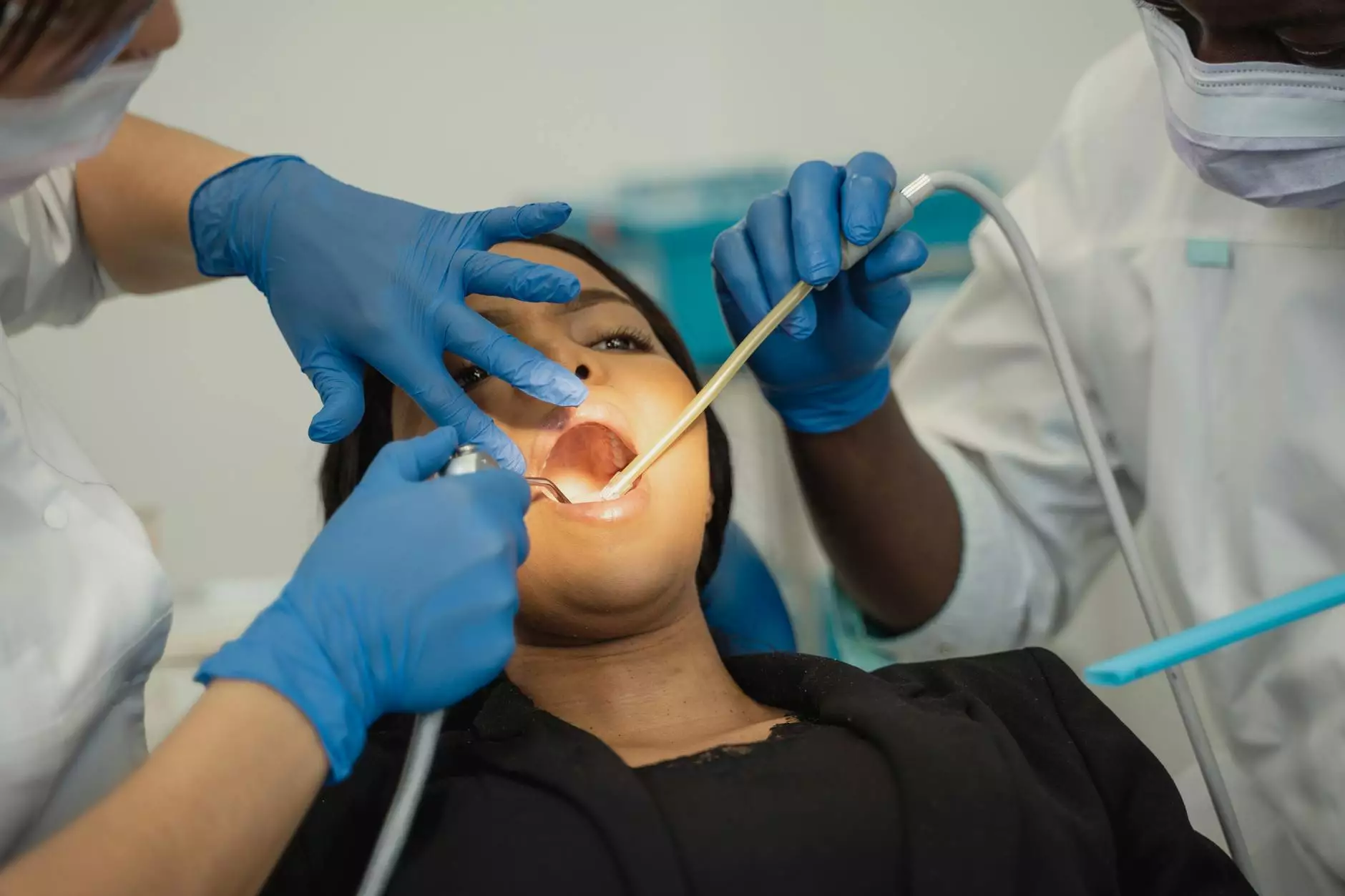What is External Rotation of the Shoulder?

External rotation of the shoulder is a fundamental movement that plays a crucial role in maintaining shoulder stability and mobility. The shoulder joint, being one of the most mobile joints in the body, allows for a range of motions that contribute to daily activities and athletic performance. In this detailed guide, we will explore the significance of shoulder external rotation, its mechanics, exercises to improve it, and the implications of restricted movement.
The Anatomy of the Shoulder
To comprehend what external rotation of the shoulder is, we first need to understand the anatomy involved. The shoulder consists of three main bones: the humerus (upper arm bone), the scapula (shoulder blade), and the clavicle (collarbone). These structures form the glenohumeral joint, which is where a significant amount of external rotation occurs.
Several muscles and tendons play crucial roles in shoulder movements, including:
- Rotator cuff muscles: These muscles stabilize the shoulder joint and facilitate movement.
- Teres minor: This muscle is one of the four rotator cuff muscles and is instrumental in external rotation.
- Infraspinatus: Another rotator cuff muscle that primarily assists in external rotation and shoulder stabilization.
- Deltoid muscle: This muscle helps lift the arm and is also involved in external rotation.
Defining External Rotation
External rotation of the shoulder refers to the movement of the arm away from the body while the elbow remains at the side. This motion can be visualized when someone raises their arm and turns the palm outward, moving the shoulder backwards. It is an essential component of many activities such as throwing, swimming, and reaching overhead.
The Importance of External Rotation
Understanding what external rotation of the shoulder is goes beyond mere anatomy. It is vital for:
- Shoulder Stability: Adequate external rotation ensures that the shoulder joint is stable, reducing the risk of dislocations and injuries.
- Sport Performance: Many sports, such as baseball and tennis, require good external rotation for optimal performance and to avoid injuries.
- Functional Movements: Daily tasks like reaching for an object on a high shelf or throwing a ball necessitate a healthy range of motion.
How to Measure External Rotation
External rotation can be assessed using various methods, typically by a healthcare professional, such as a physical therapist or chiropractor. Some common assessment techniques include:
- Goniometric Measurement: Using a goniometer, healthcare providers measure the angle of external rotation while the patient holds their arm at a 90-degree angle in abduction.
- Functional Tests: Tests such as the Apley scratch test help determine functional range and distinguish between mobility and stability issues.
Exercises to Improve External Rotation
Incorporating exercises into your routine can significantly enhance external rotation of the shoulder. Here are some effective exercises:
1. External Rotation with Resistance Bands
This exercise targets the infraspinatus and teres minor muscles. Follow these steps:
- Attach a resistance band to a stable object at elbow height.
- Stand with the band in the hand of the affected arm.
- Keep your elbow close to your body and rotate your arm outward against the resistance.
- Hold the position for a moment and return to the starting point.
2. Side-Lying External Rotation
This exercise effectively trains the rotator cuff muscles:
- Lie on your side with the affected arm on top.
- Hold a light dumbbell in that hand, with your elbow bent at 90 degrees.
- Rotate your arm upward, keeping your elbow fixed.
- Lower the weight back down slowly.
3. Doorway Stretch
Stretching is also essential for maintaining elasticity in shoulder muscles:
- Stand in a doorway with your arms raised at shoulder height.
- Place your hands on the door frame and lean forward gently.
- Feel the stretch in your shoulders and chest; hold for 20-30 seconds.
Common Injuries Related to External Rotation
Inadequate external rotation can lead to several issues, including:
- Rotator Cuff Injuries: Damage to rotator cuff muscles can severely affect shoulder mobility and strength.
- Shoulder Impingement Syndrome: A condition where shoulder structures are compressed, leading to pain during external rotation.
- Labral Tears: Injuries to the cartilage within the shoulder joint often occur due to repetitive motions without proper external rotation.
Benefits of Maintaining Adequate External Rotation
By understanding what external rotation of the shoulder means and its benefits, you can take proactive steps towards shoulder health:
- Injury Prevention: Maintaining good external rotation reduces the risk of injuries related to repetitive shoulder activities.
- Enhanced Performance: Athletes benefit significantly from improved shoulder mobility, which can enhance their performance in sports.
- Better Posture: Good shoulder mechanics contribute to overall posture, reducing the risk of back and neck pain.
Professional Help
If you experience pain or limitations in your shoulder's range of motion, it’s advisable to seek professional assistance. Chiropractors and physical therapists are equipped to evaluate shoulder movement and provide tailored rehabilitation programs. Early intervention can help prevent further complications and aid in a quicker recovery.
Conclusion
In summary, understanding what external rotation of the shoulder is essential for maintaining shoulder health, enhancing functional movement, and preventing injuries. By incorporating specific exercises and stretches into your routine, you can promote a healthy range of motion and improve your quality of life. Remember that in those moments when you wonder about your shoulder's condition or its movements, taking a proactive approach with exercises and professional help can lead to better outcomes.
For more information on shoulder health and related topics, feel free to visit IAOM-US.
what is external rotation of the shoulder








